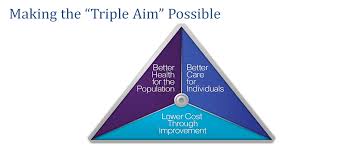Is Value-Based Purchasing (VBP) the Life Raft to Healthcare?
Value-Based Purchasing (VBP) might be the ultimate game-changer in healthcare reform. We know that our old methods of physician compensation just haven’t proven to be sustainable - and because of that, not only have healthcare finances suffered, but the quality of care has too. You’d think if we’re spending enormous amounts of our national expenditures on healthcare that it would be above-average in performance anywhere in the U.S. - but not so.










